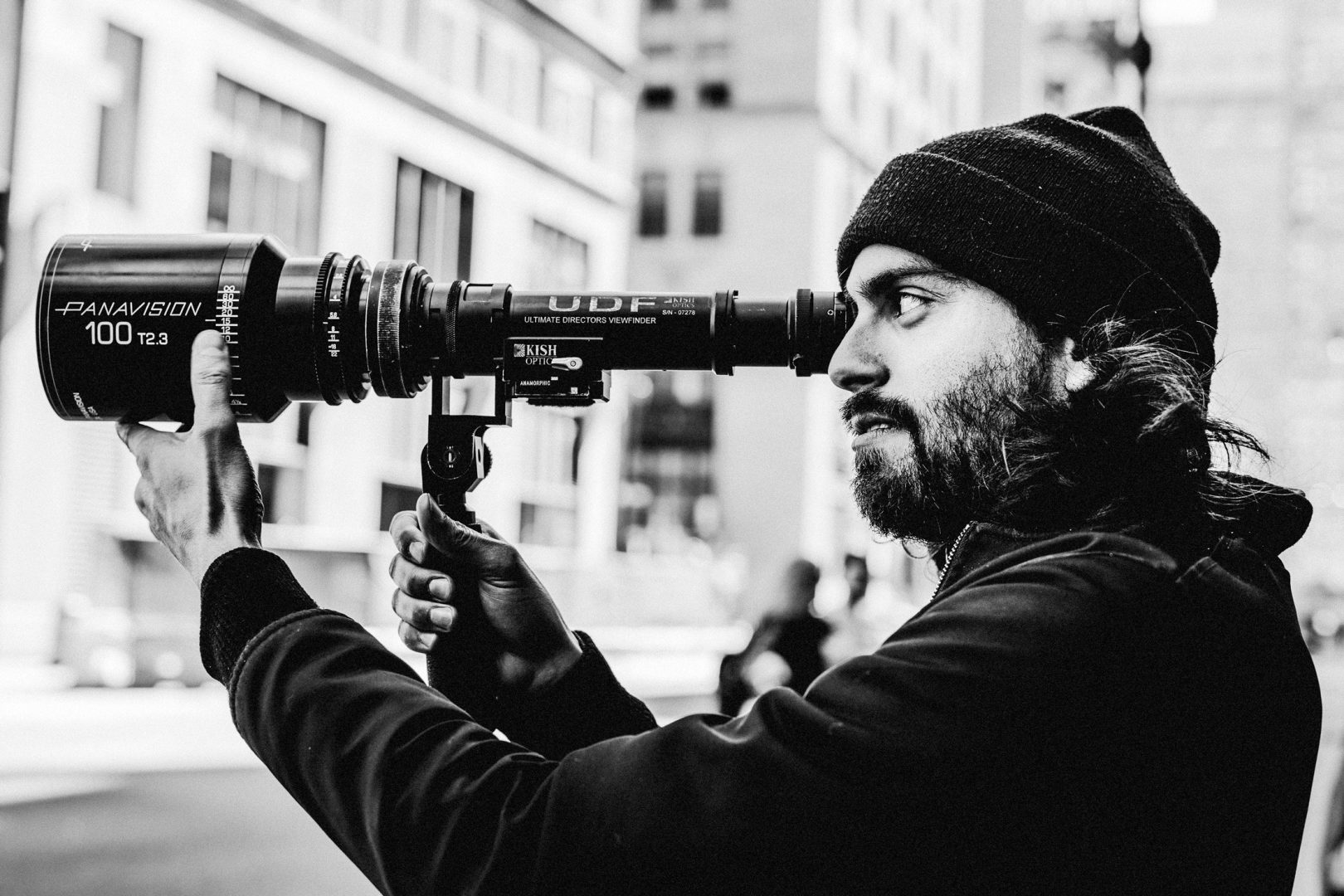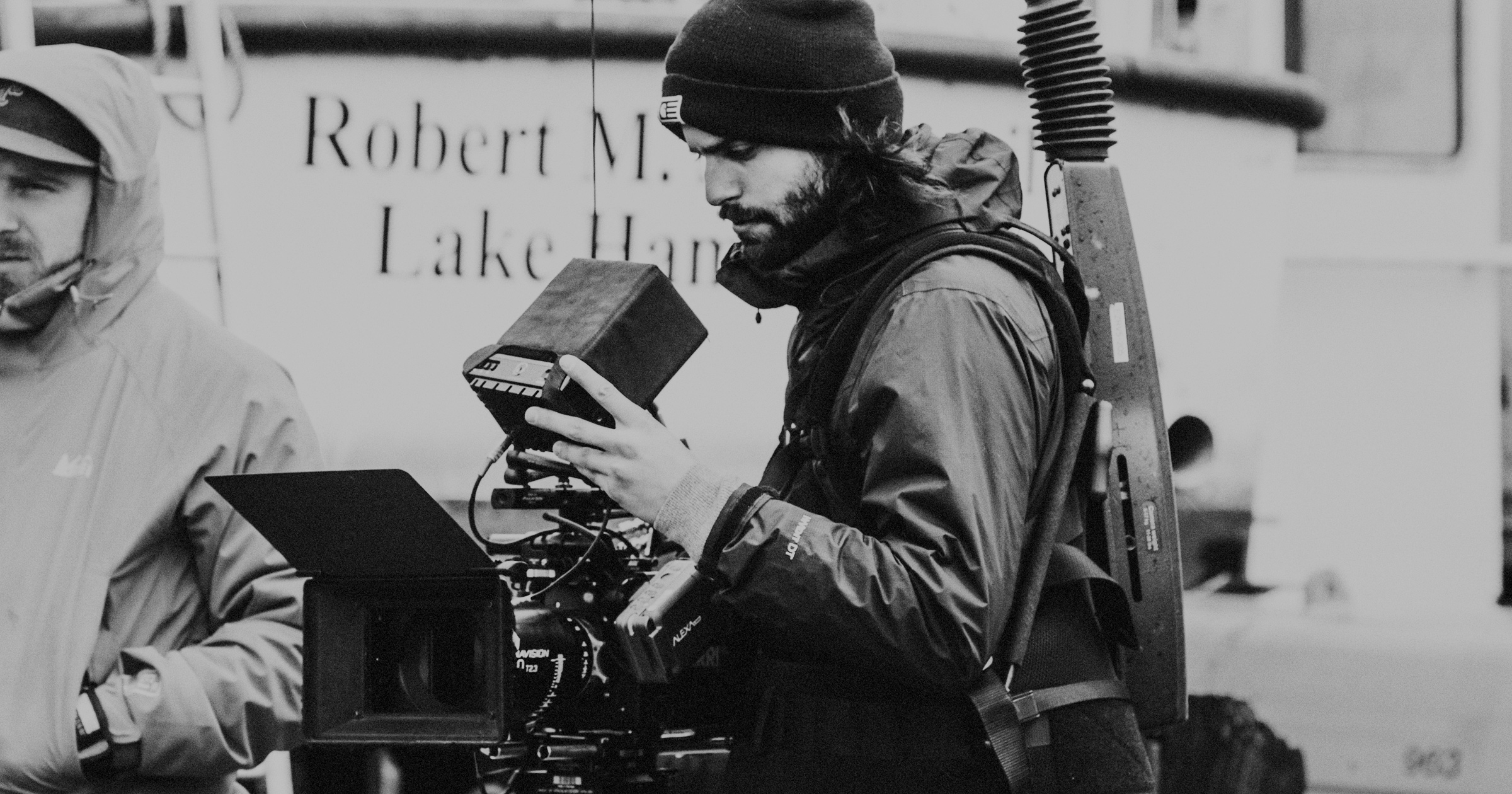
21 Oct 4 KEY INSIGHTS INTO BRANDED CONTENT FROM A CINEMATOGRAPHER
4 KEY INSIGHTS INTO BRANDED CONTENT FROM A CINEMATOGRAPHER
(5 minutes of value)
 (Paul Ozgur, Cinematographer for branded content)
(Paul Ozgur, Cinematographer for branded content)
Paul Ozgur is a cinematographer who primarily works for brands in NYC and LA. Here’s a couple cool things I learned from our conversation.
If you like what you are about to learn check out the full video:
1. The First Shot is Like a First Impression
That first shot sets the vibe both for the client, and the crew on set. It’s a lot of pressure on the cinematographers end to capture it, but if done correctly it allows for immediate trust to be built with the client while shooting branded content. Brands want to see that they put their money in the right place, and if you can deliver a promising first result, you’re probably going to get more freedom early on. Another bonus is lifting morale with the crew on deck. It’s the first test of how pre-production went, and that first shot is a testament to that. Setting the vibe early on gets the crew rallied for what’s to come.
Here’s the thing, sometimes it doesn’t work out as planned.
Paul sometimes had moments when the first shot didn’t come out as expected.
He talked about it being almost a binary thing. If it works great, but if it doesn’t, there are times when you just can’t do anything to boost those around you.
But I think there are ways, and my guess was that Paul was just giving a relevant example rather than painting the whole picture.
Here’s my 2 cents. If it goes wrong, focus on correcting the problem and get small wins early on. When it comes to production, make sure you can get all the easy checks (did we set up the lighting right, sound check, camera angle…)
2. An Image is Worth 1,000 Words
Paul told me that the ancients spoke in images. Think hieroglyphics. Ok, maybe some just didn’t level up to writing, but there are those who did and still chose to stick with the power of an image.
That’s why brands need to focus on the power of an image. Hiring the right filmmakers to create the right image and create strong emotional resonance and further connection. But then the question becomes…how do we know we are finding the right image?
Paul spoke out to it being a part of our intuition. Where we must forgo the closures of our mind and trust that innate part of us that is tied to a greater force to deem our decision making. Here’s the thing, it must be trained, and that comes through following it as often as possible. In Paul’s case he worked on what he was passionate about: narratives. Eventually this muscle built and he used it to harness a new level of potential in knowing how to create the right image. Often that defied logic, but hey, it brought results.
Paul said that it’s not life that is trying to imitate art but art that is trying to imitate life. Let that marinate!
3. Good Client Relationships = Creative Freedom
Penny has a project once a year where they create branded content with something they want to support.
They chose to talk about teenagers missing out on their youth.
And Penny is a grocery store.
Who cares?
I do!
Their goal wasn’t to directly showcase their stocked shelves or cheap prices, but what they stood for. They gave the director Marcus Ibanez the creative freedom to tap into his artistry and deliver a powerful piece of branded content.
By trusting Marcus and Paul, they were able to follow their intuition and show a compassionate brand that wanted to show their understanding of teenage loneliness during the pandemic.
I was a teenager during the pandemic, I felt heard. Now I feel connected. Next time I go shopping I’ll think Penny
It could have been your typical commercial that I’d forget the next minute, but instead I’ll remember Penny’s branded content for a hot minute.
4. Work Begets Work
Yeah, Paul grinded.
He went from skateboarding videos to filming his friends, film school, commercial films and then feature films.
But here’s what stuck out to me. He wore his heart on his sleeve, he knew what kind of cinematographer he wanted to be and shouted it from the rooftop. He wanted to come to the US in NY and LA and shoot high-end commercial and feature films. He turned down opportunities that didn’t fuel his goal, and the ones he took, he was sure to tell those around him what he sought. He instilled his passion into others that spread and sprouted into opportunities. He spoke to what he wanted and got it.
To further the title: work begets work with work that fuels your dream work.
